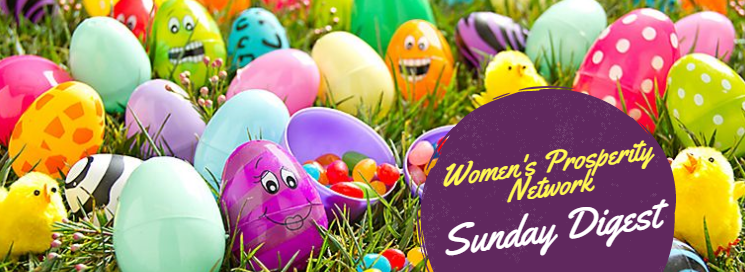Easter tradition was brought to the United States by German immigrants in the 1700s, and the practice is ingrained in the belief that rabbits and eggs represent fertility and rebirth.
Come Sunday April 1st, many children will scour their yards for colorful plastic eggs and gnawing the ears off delicious chocolate rabbits.
While this may be the norm in America, other cultures have their own unique Easter celebrations. Whether its setting off a giant firework display in Florence, Italy or reading crime novels in Norway, check out the history behind these popular Easter traditions from around the globe:
- Australia: Rabbits are widely considered pests for destroying crops and land. In 1991, Rabbit-Free Australia launched a campaign to replace the Easter bunny with the Easter bilby.
- Finland: In some parts, citizens burn bonfire on Easter Sunday, while the children in this dress up like witches and beg for chocolate eggs with made-up faces and scarves around their heads, carrying bunches of willow twigs decorated with feathers.
- France: Each year on the Monday following Easter, the town serves a giant omelet. And when we say giant, we mean giant: The omelet uses more than 15,000 eggs and feeds more than 1,000 people.
- Greece: According to tradition, at 12pm on Holy Saturday, the locals throw huge clay pots, and pans out of their windows and smash them on the streets. The people believe this welcomes spring and symbolizes new crops.
- Spain: In the town of Verges, Spain, the traditional “death dance” is performed and people dress in skeleton costumes and parades through the streets. Towards the end, people appear in frightening skeletons carrying boxes of ashes.
We look forward to hearing from you. Leave a comment below telling us your Easter traditions.
